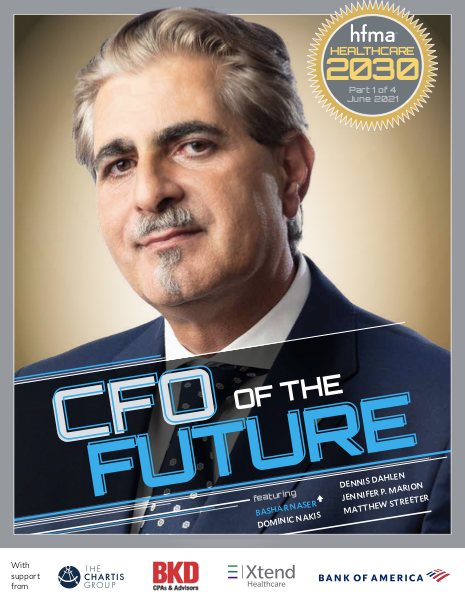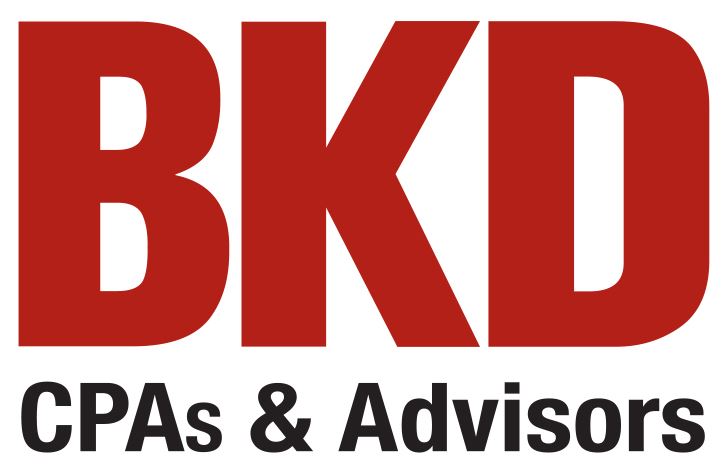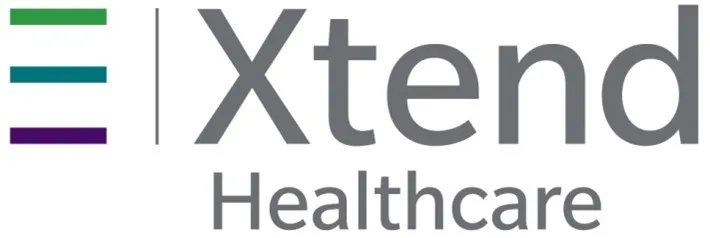CFO of the Future
The new and improved healthcare finance leader of tomorrow
BY LISA A. ERAMO, MA
There’s a sign next to Bashar Naser’s computer monitor that says, “Dream Big,” and this is exactly what he has done during the past seven years as CFO and COO of Gerald Champion Regional Medical Center (GCRMC) in Alamogordo, New Mexico. The once-struggling stand-alone rural hospital now boasts more than $200 million in net revenue as Naser continues to identify and pursue innovative strategies to increase profits in a community that has had a static population.
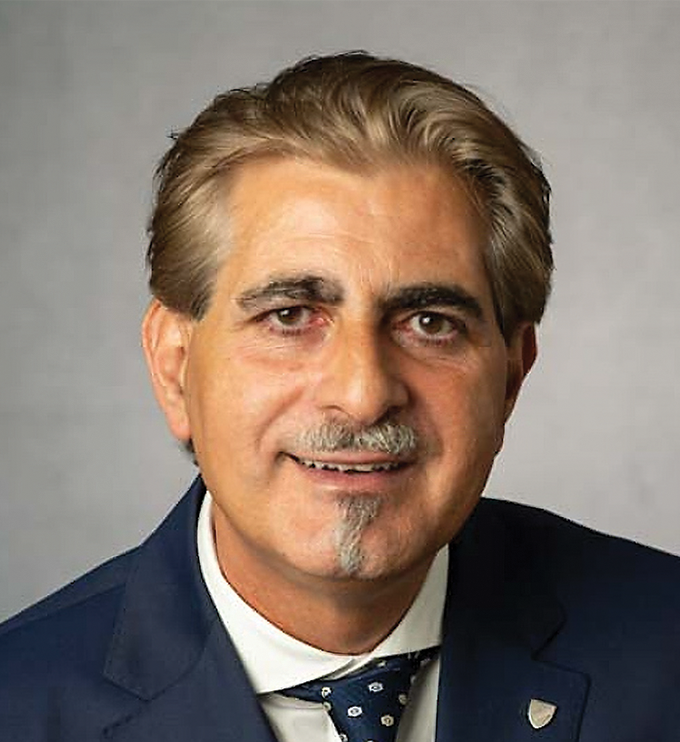
BASHAR NASER, CFO & COO
CFO & COO of Gerald Champion Regional Medical Center
Alamogordo, New Mexico
Total revenue: $200 million
“When you’re done turning over all of the rocks at your organization, you need to start looking elsewhere,” Naser said. “This is especially true when you’re rural. You can’t be isolated. You always need to look for acquisitions and opportunities for growth.”
Not surprisingly, CFOs in all types of hospitals and health systems are increasingly turning their attention to identifying and pursuing strategic opportunities. Respondents to HFMA’s recent “CFO of the Future” survey said they will spend nearly a quarter of their time on strategy in the next three years.
Naser said executive leaders increasingly look to him for guidance on how the hospital can be successful. In response, he has championed a variety of acquisitions and other ventures.
For example, the regional medical center opened clinics in secondary markets throughout rural New Mexico, mostly two hours away where the demand for care outweighs the supply of providers.
“We’re not going there to compete with local hospitals; we’re going there to complement them and fill a need,” Naser said. GCRMC also partnered with another health system to open an interventional catheter lab and began providing remote patient monitoring through a home health agency it acquired.
Focusing on strategy and alternative revenue
Dominic Nakis, CFO, CPA, MBA, of Advocate Aurora Health in Downers Grove, Illinois, also finds himself spending more time on strategy these days.
“We’re looking at how we can increase the value of the business by providing a better product with better outcomes to our communities,” he said. “We’re focused on businesses that will help people live well and address whole-person health needs.”
For example, the health system recently invested in a tele-nutrition and food care network that employs more than 300 registered dieticians. It also recently acquired a senior home care company.
Nakis’ role in these and similar pursuits going forward is to answer these questions:
- Are there returns in this space?
- Are there synergies from the standpoint of revenue and/or cost between the potential opportunities and existing business lines?
- How will creditors and rating agencies look at these investments?
He said the pace of change and need to drive innovative solutions have only accelerated since the COVID-19 pandemic began. He offered the example of telehealth. Prior to the pandemic, the health system provided 20,000 to 30,000 telehealth visits a year. That number rose to 1 million in 2020.
“That pace of change is going to cross over to so many different facets of our business as we look at the number of disrupters out there in the healthcare space,” he said. “Our need to quicken the pace of decision-making and the scale of those decisions is going to become more important over the next several years.”
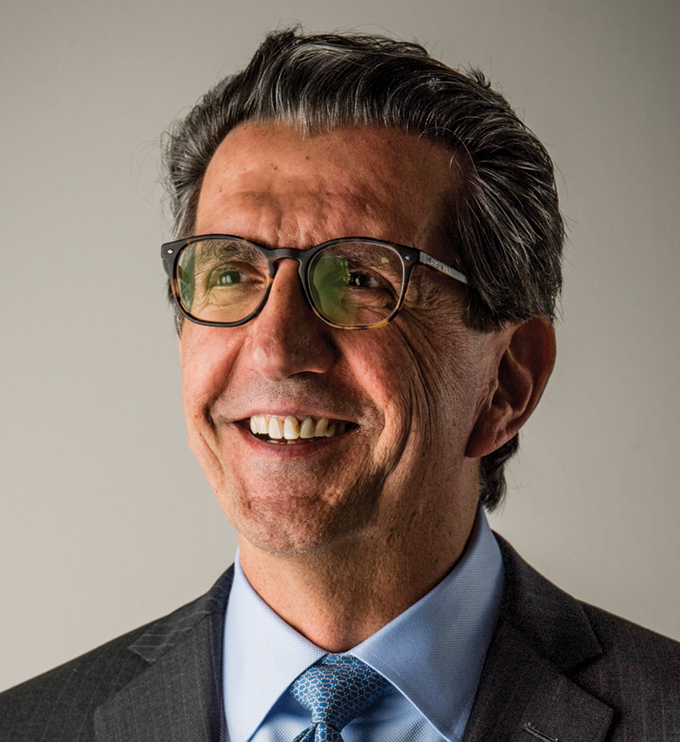
DOMINIC NAKIS
CFO, Advocate Aurora Health
Downers Grove, Illinois
Total revenue: $13 billion
“That pace of change is going to cross over to so many different facets of our business as we look at the number of disrupters out there in the healthcare space.”
Dominic Nakis
What role will CFOs play in enabling faster decisions?
“CFOs need to provide additional analytical data and a decision-making framework,” said Nakis, who has led an effort to automate financial reports and join financial, operational and outcomes data from disparate systems into data warehouses where it can be pulled together and evaluated.
Dennis Dahlen, CFO, CPA, MBA, of Mayo Clinic in Rochester, Minnesota, agreed that the pace of change has become more accelerated during the pandemic, increasing the need for quick but informed decisions.
“What we had to adjust to very quickly last spring was the idea that the demand was at 100% of plan on Monday, and the next Monday, it was 0%,” he said. “How do you flex resourcing to these much wider variations in activity? We had to really increase our ability to predict resource utilization based on varying levels of volume.”
Like Nakis, Dahlen is also increasingly tasked with identifying and pursuing opportunities for alternative revenue. At Mayo Clinic, he oversees investments in digital innovation solutions to find new cures and treatment patterns not discernable without the help of machine learning.
“All of these opportunities are very exciting,” he said. “Each partnership decision to some degree stands on its own, but they’ve all got to fit into a fabric of advancing the science and practice of medicine. That’s our aspiration.”
Here’s how Dahlen views his role in these pursuits: “In the adoption phase, it’s about having enough insight to understand what it will mean to a changed business model. There’s a great potential that it will change human resource needs, but it may also render some treatment modalities obsolete.”
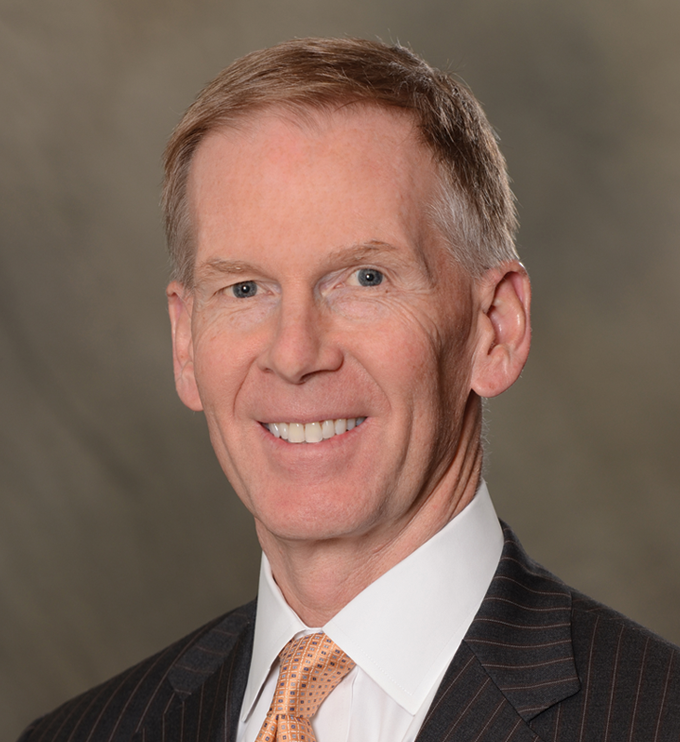
DENNIS DAHLEN
CFO, Mayo Clinic
Rochester, Minnesota
Total revenue: $13.9 billion
“Each partnership decision to some degree stands on its own, but they’ve all got to fit into a fabric of advancing the science and practice of medicine. That’s our aspiration.”
Denis Dahlen
Preparing for uncertainty ahead
Matthew Streeter, FHFMA, MBA, FACHE, CFO of Black River Memorial Hospital in Black River Falls, Wisconsin, also feels a sense of urgency to make expedited yet informed decisions that will help his organization rebound from the pandemic.
“We closed 2020 with probably one of the strongest financial performances we’ve had in the last decade,” Streeter said.
However, even now, patient volumes are only at 80% of the critical access hospital’s pre-pandemic levels.
“I’m concerned that there’s no more safety net — 2021 actually looks like it will be the more challenging year for us,” he added.
Some of the 20% loss in volume is permanent. That’s because the hospital closed lab services it provided to independent physician clinics. These services were no longer profitable because many of the clinics also closed permanently or reduced their volume significantly during the pandemic.
Streeter hopes to make up the difference in revenue in the years ahead through labor cost management and growth of services, he said. “We had these same priorities before the pandemic, but now there’s a greater sense of urgency for these two things to occur.”
For labor cost management, the hospital recently started using a productivity dashboard. “We’ve been fine-tuning the data for about three years, and now we’re at the point where we can use it for decision-making going forward,” Streeter said.
Black River Memorial Hospital also started to explore revenue cycle outsourcing. Streeter noted it was becoming increasingly difficult to find replacements for the hospital’s tenured coders and billers.
“We could turn to big nationwide companies that have economies of scale and perhaps employ technological advances that we’re not,” he said. “It’s sad because it means we’re not replacing those jobs in our community, but at the same time, it helps reduce the cost of care to our patients.”
In terms of growing services, the hospital opened its first multispecialty clinic in 2020 and is looking to grow primary and specialty care practices. It also opened an infusion center that same year and will be opening a wound care center — the first in the region — in 2021. It also hopes to expand transitional care management services in 2021.
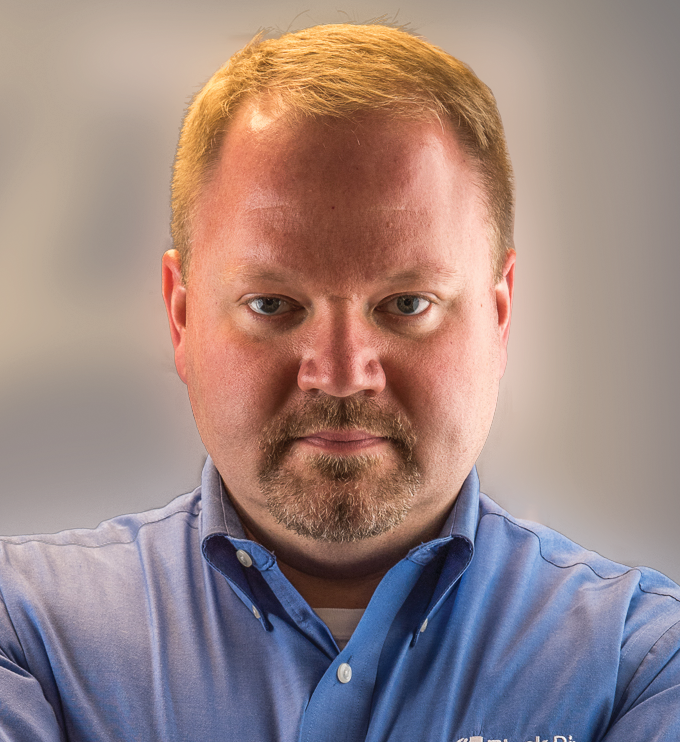
MATTHEW STREETER
CFO, Black River Memorial Hospital
Black River Falls, Wisconsin
Total revenue: $92 million
“A CFO who is good at contract negotiations versus one who is not could be the difference between a successful organization and one that is struggling.”
Matthew Streeter
Increasing automation and productivity
Pre-pandemic, Jennifer P. Marion, FHFMA, CPA, CGMA, senior vice president and CFO of Franciscan Alliance, Inc., in Mishawaka, Indiana, said productivity and strategic resource management are top priorities that will continue to occupy her time going forward. In particular, she is an executive sponsor of the organization’s new enterprise resource planning (ERP) system that replaced its previous manual and rudimentary process.
“We need to get timely, actionable information, and we previously spent so much time closing the books,” she said. “We needed to change our computer systems and our operating model to allow more time for strategic financial planning. We also wanted our coworkers, through automation, to work at the top of their abilities.”
For example, in the revenue cycle department, the organization uses a number of robotic process automation tools to automate a number of manual activities. Why? It enables staff to research problems and make suggestions for improvement.
“When you automate manual tasks, it also improves coworker satisfaction and reduces turnover,” Marion said. “It’s rewarding for coworkers to be trained to the next level so they can be promoted and continue to grow.”
Automation isn’t always the easy road, because it often involves changing roles and responsibilities, but it’s also about using resources more strategically. Marion said her role moving forward is to ask difficult questions and continually search for ways to improve efficiency and effectiveness.
“To be a change agent, you need to ask the question, ‘Why have we been doing it this way?’ and press for a new alternative,” she said. “Also, it is the role of CFO and other leaders to test our hypotheses to make sure that the new alternatives we are evaluating have considered the best- and worst-case scenarios to ultimately arrive at the best solution.”
Advocating for favorable value-based contracts
Marion also spends much of her time trying to change reimbursement arrangements with payers — a challenge she anticipates will continue in the years ahead.
“The goal is to have reimbursement arrangements that focus on the value of the work we’re doing to keep people well,” she said. “The traditional fee-for-service model doesn’t work for a healthcare organization focused on trying to bend the cost curve.”
Marion works with Franciscan Alliance’s leadership team to advocate for value-based and bundled payment programs with commercial payers. They also work with self-insured employers. “It has been a journey we’ve been on for a number of years, and it has not been easy,” she said.
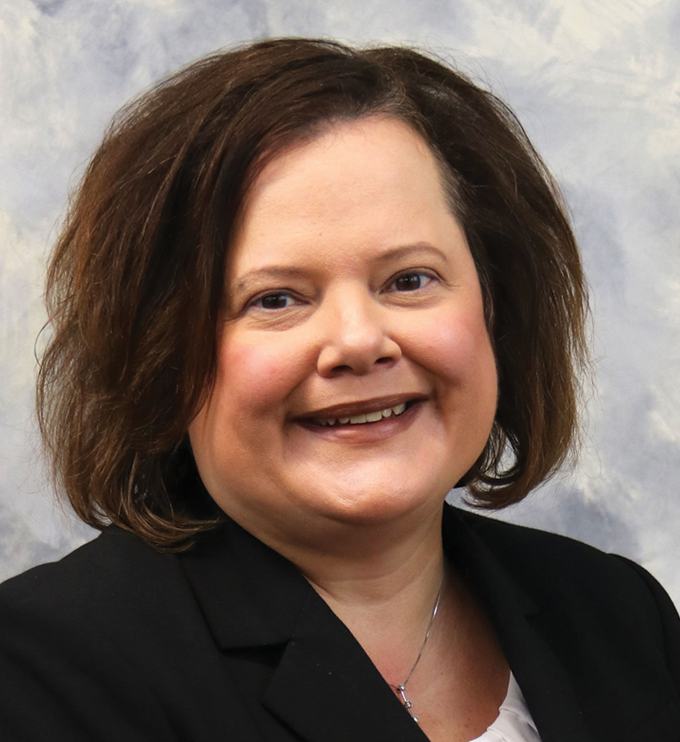
JENNIFER P. MARION
SENIOR VICE PRESIDENT, CFO
Franciscan Alliance, Inc. Mishawaka, Indiana
Total revenue: $3.3 billion
“To be a change agent, you need to ask the question, ‘Why have we been doing it this way?’ and press for a new alternative.”
Jennifer P. Marion
What role do CFOs play in all of this?
“We need to do a better job at explaining the outcomes of preventive care and chronic care management with employers,” Marion said.
In addition, Franciscan Alliance is implementing an advanced cost structure so it can better understand its costs from the front end all the way through post-acute care.
“This is definitely an initiative we’re focused on going forward — building that enhanced capability,” said Marion.
Streeter similarly spends much of his time on contract negotiations.
“The third-party payer system and the dynamic between providers and payers has honestly gotten terser in the last couple of years,” he said. “It has become more cutthroat, and it’s demanding more of my time each year. Until something is done to really fix this system, CFOs really need to know contract negotiations. A CFO who is good at contract negotiations versus one who is not could be the difference between a successful organization and one that is struggling.”
Educational courses on contract negotiations can be advantageous, Streeter said. “I always thought I was great at negotiating contracts and then took a course on negotiating contracts and realized how much I could improve and have improved.”
Data is critical. To prepare for contract negotiations, Streeter said CFOs must be able to answer these questions:
- What data does the payer want to address?
- What data do you want to address?
- What are the questions you anticipate?
- What data do you need to answer those questions?
Enhancing the patient experience
As the lines between the clinical and financial aspects of the patient experience become blurred, CFOs increasingly find themselves participating in conversations on how to enhance patient satisfaction.
“Conversations have shifted from profitability to affordability because the patient has become the center of healthcare finance,” Streeter said. “There’s hardly a meeting about patient experience that I don’t attend. I want to make sure we’re thinking about the entire experience, not just when the patient is in the building.”
Elevating the role of CFO
As conversations about the financial aspects of the patient experience continue, Streeter said CFOs will increasingly move into the spotlight and become more visible leaders within their organizations.
“The veteran CFO 1.0 was a solid accountant who knew finance inside and out,” he said. “The new CFO focuses on the people skills and leadership. Finance is not secondary but … it’s not good enough to be a good accountant. You have to be a great leader and a great finance expert.”
Fifty-nine percent of respondents to HFMA’s CFO of the future survey said leadership will be the most critical competency for success in the next three years.
“Technical skills and abilities are a base of what’s needed,” said Advocate Aurora Health’s Nakis. “It’s those leadership skills that are ultimately going to make an organization successful in the long run.”
GCRMC’s Naser also takes his leadership role to heart. In the past three years, he lost 55 pounds by cutting food portions and exercising daily. He promotes exercise classes for employees and healthy food options in the cafeteria. “It starts from the top. You lead by example and people will follow.”
Preparing for the next big healthcare disruption
When asked to identify the next big disruption in healthcare, here’s what our experts had to say.
Single-payer healthcare system. “If we lose the higher payments we get from the commercial plans, that can be devastating to doctors and hospitals,” said CFO and COO of Gerald Champion Regional Medical Center (GCRMC) Bashar Naser, adding that state-level changes could be equally as monumental. “If oil prices go down, that hurts the state and how it funds Medicaid, which impacts us.”
Digital innovation. “Employers are motivated to manage costs, and if Amazon can figure it out, I think it will find a way to leverage that,” said Dominic Nakis, CFO of Advocate Aurora Health. Some patients might even enter the healthcare system through Amazon, which could change the primary care model, he added.
How will Aurora Health compete in an ever-changing market? “It’s about looking at how our capital is used and invested,” Nakis said. “Are we investing in the business lines and products that are going to provide value to consumers? If we’re investing our capital in the right manner, that is going to make us successful.”
Nakis also works closely with the chief marketing officer to ensure the organization is on the path toward enhancing consumer-friendly care. “It’s about making sure we have the appropriate level of resources and can bring the financial acumen to platforms and companies that we’re looking to either form a joint venture with or acquire,” he said.
Jennifer P. Marion, senior vice president and CFO of Franciscan Alliance, Inc., agreed that virtual care will be the next big disrupter — particularly through its impact on population health and patient volume. “You need to start modeling patient volume levels and the financial impact under various degrees of virtual health expansion and population health development — how the cost structure would need to change under those scenarios,” she said.
Price transparency. “The chances that this information will be used by public policy folks are highly probable,” said Mayo Clinic CFO Dennis Dahlen. “I could imagine a national payment policy around restricting prices. Or I could see it leading to higher prices for truly complex and serious care like organ transplants.”
How can CFOs prepare for the impact of price transparency? For Dahlen, it’s all about efficiency and reducing waste. “Even before price transparency, we introduced greater rationality into our pricing so there were fewer variations that weren’t supported by the market and common sense,” he said.
Matthew Streeter, CFO of Black River Memorial agreed that price transparency will disrupt the healthcare industry as we know it and that digging into an organization’s cost structure will be paramount.
“CFOs need to be prepared for this,” he said. “With price transparency, we might be headed toward a commoditization of healthcare where prices are mandated and then how much you get paid will depend on what you negotiate with payers. If we continue to assume that we’re going to be fine, we’re going to be caught empty-handed. We need to prepare for a very big shift in our world.”






